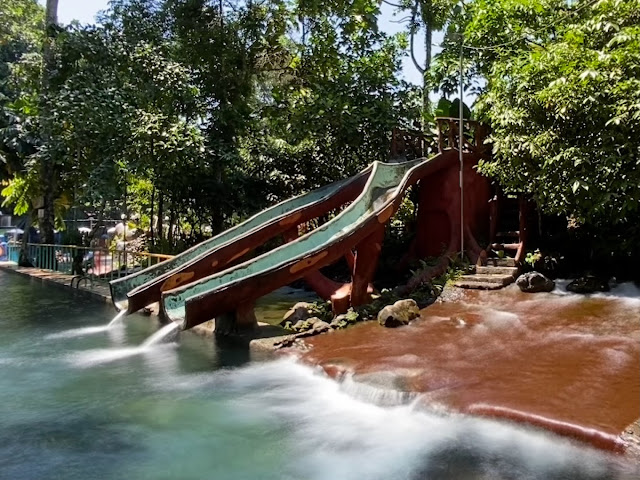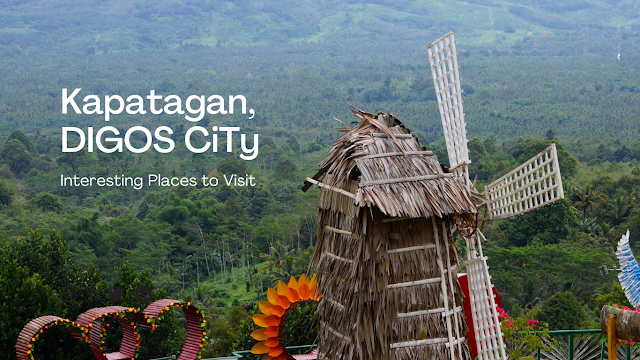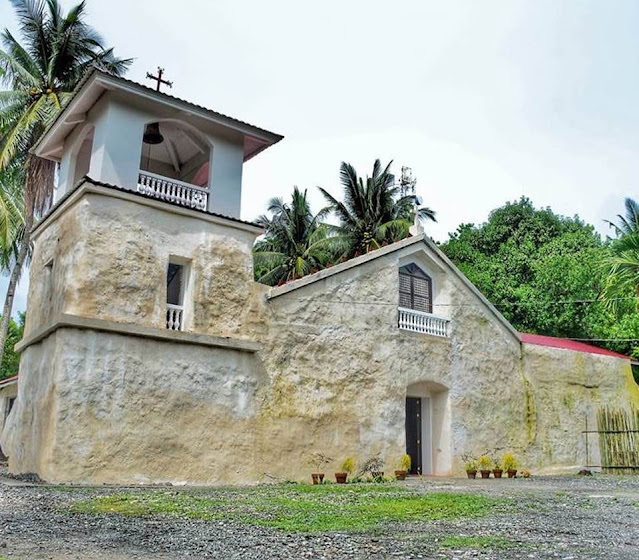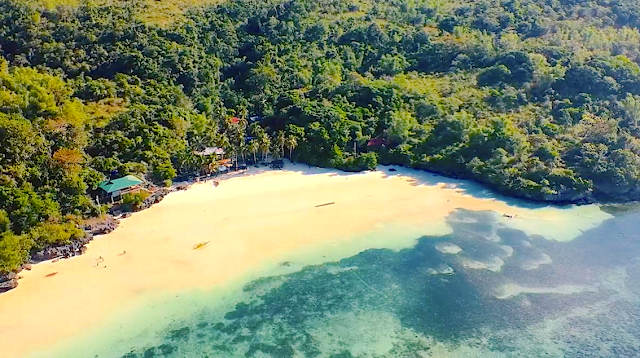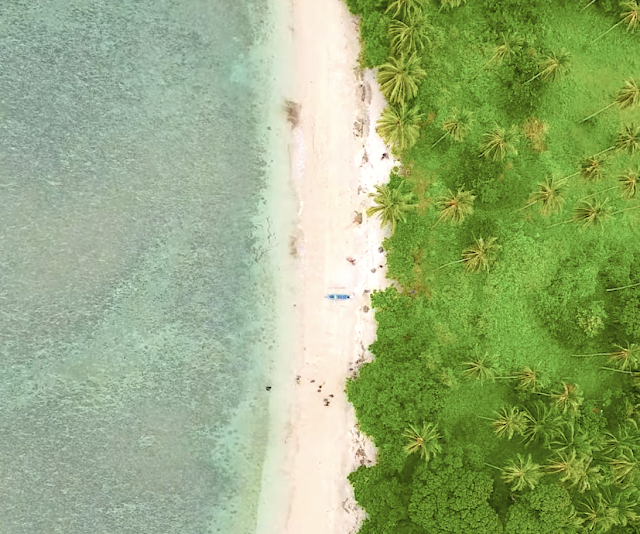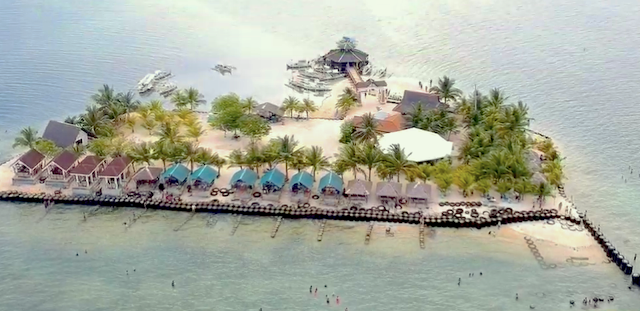Mahayag, Zamboanga Del Sur
Mahayag stands as a testament to the enduring spirit of its people and the richness of its cultural heritage. From its pristine wilderness to its vibrant communities, Mahayag embodies the essence of resilience, diversity, and cultural pride. As the municipality continues to evolve and flourish, it remains deeply rooted in its past, embracing its heritage while embracing the promise of a vibrant future.
Nestled amidst lush landscapes and vibrant communities, the municipality of Mahayag in the province of Zamboanga del Sur boasts a storied past and a diverse cultural tapestry. From its humble beginnings as a wilderness inhabited by the Subanen tribe to its evolution into a thriving agricultural hub, Mahayag's journey is one of resilience, growth, and cultural heritage.
The Origin of Mahayag
Mahayag's name, derived from the Subanen dialect "Boyed Mahayag," reflects its early landscape of dense forests and mountainous terrain. The Subanen tribe, the area's first inhabitants, settled along the riverbanks, where they thrived off the land's bounty.
In the early 1939s, Christian settlers ventured into the plains of Mahayag in search of arable land for farming. As these settlers established permanent settlements, the Subanen tribe retreated to the mountainous regions, adapting to the changing landscape.
From Wilderness to Municipality
Over time, Mahayag underwent a significant transformation, fueled by the efforts of its pioneering residents. The gradual influx of Visayan migrants post-World War II brought about further development, leading to the clearing of forests and the emergence of open plains. Local lore attributes the name "Mahayag" to the clearing of large DAO trees, which illuminated the once-shaded landscape.
On May 9, 1960, Mahayag achieved municipal status, separating from the municipality of Molave through Executive Order No. 393. This milestone marked a new chapter in Mahayag's history, paving the way for accelerated development and governance under its own leadership.
Cultural Diversity and Indigenous Heritage
Mahayag's population reflects a tapestry of ethnicities and cultures, with Cebuano, Subanen, Kalibugan, and Muslim communities coexisting harmoniously. While Cebuano remains the predominant language, diverse dialects such as Subano, Waray, Hiligaynon, and Ilocano also resonate within households, preserving the region's rich linguistic heritage.
The municipality takes pride in its Indigenous People (IP) communities, with many barangays home to recognized IP households. The Subanen tribe, in particular, continues to uphold its cultural traditions and practices, contributing to Mahayag's vibrant cultural mosaic.
Religious Diversity and Festivals
Mahayag's religious landscape mirrors its cultural diversity, with Roman Catholicism, Seventh Day Adventist (SDA), and Assembly of God among the prominent faiths. Fiestas, deeply ingrained in Mahayag's cultural fabric, serve as occasions for religious devotion, cultural celebration, and community bonding. These festivals, characterized by colorful processions, religious rituals, and cultural performances, offer a glimpse into Mahayag's rich tapestry of traditions and beliefs.
Experience Mahayag's Hospitality
Whether seeking a leisurely getaway, a family retreat, or a romantic escape, Mahayag's premier spring resorts offer something for everyone. From the refreshing waters of Eriberta and Mabanag to the refined comforts of Sunshine Suites, these resorts invite guests to unwind, recharge, and reconnect with nature. With warm hospitality, picturesque surroundings, and a wealth of amenities, Mahayag's spring resorts promise an unforgettable experience amidst the natural beauty of Zamboanga del Sur.
Experience Tranquility and Refreshment at Mahayag's Premier Spring Resorts
1. Eriberta Spring Resort: A Haven of Natural Beauty
Eriberta Spring Resort, situated in barangay Tuboran, Mahayag, captivates visitors with its crystalline waters, lush greenery, and tranquil ambiance. Boasting four expansive swimming pools for adults and children alike, as well as three rejuvenating jacuzzi pools, the resort promises a rejuvenating retreat for all ages.
The resort's verdant surroundings, adorned with majestic trees and vibrant flora, create an idyllic setting for relaxation and recreation. Spacious cottages, affordably priced, offer guests a comfortable retreat, while those seeking entertainment can indulge in videoke sessions amidst the natural splendor.
2. Mabanag Spring Resort: Nature's Sanctuary
Adjacent to Eriberta Spring Resort lies Mabanag Spring Resort, another gem in Mahayag's crown. Blessed with pristine waters and verdant landscapes, Mabanag Spring Resort invites guests to immerse themselves in nature's embrace. The resort's swimming pools, complemented by charming cottages and landscaped ponds, provide the perfect backdrop for leisurely days spent amidst the beauty of Mahayag.
3. Sunshine Suites and Resort: A Tranquil Escape
For those seeking refined accommodations amidst Mahayag's natural splendor, Sunshine Suites and Resort offers an exquisite retreat. Boasting two swimming pools, spacious and well-appointed rooms, and warm hospitality, Sunshine Suites and Resort promises a memorable stay for discerning travelers. Owned and managed by Mr. John Lester Fanilag, the resort bears the hallmark of quality and comfort, ensuring guests' utmost satisfaction.
HOW TO GET THERE
To reach Mahayag, Zamboanga del Sur, you can take various modes of transportation depending on your starting point. If you're coming from other provinces or regions, you can opt to travel by bus or van, which are common modes of public transportation in the Philippines. These vehicles typically have routes passing through major cities and towns, including those near Mahayag.
If you're traveling from within Zamboanga del Sur or nearby areas, you can also consider taking a jeepney or a habal-habal (motorcycle taxi), especially if you're coming from a smaller town or barangay. These local modes of transportation are often available and can take you to Mahayag or its vicinity.
Once you arrive in Mahayag, you can use tricycles or pedicabs to navigate within the municipality and reach specific destinations like resorts, landmarks, or accommodations. These are common forms of transportation for short distances and are readily available in most towns and barangays in the Philippines.
Overall, getting to Mahayag involves traveling by land through various modes of transportation, depending on your starting point and preferences. It's essential to plan your route and choose the most convenient and efficient transportation option based on your location and travel needs.
